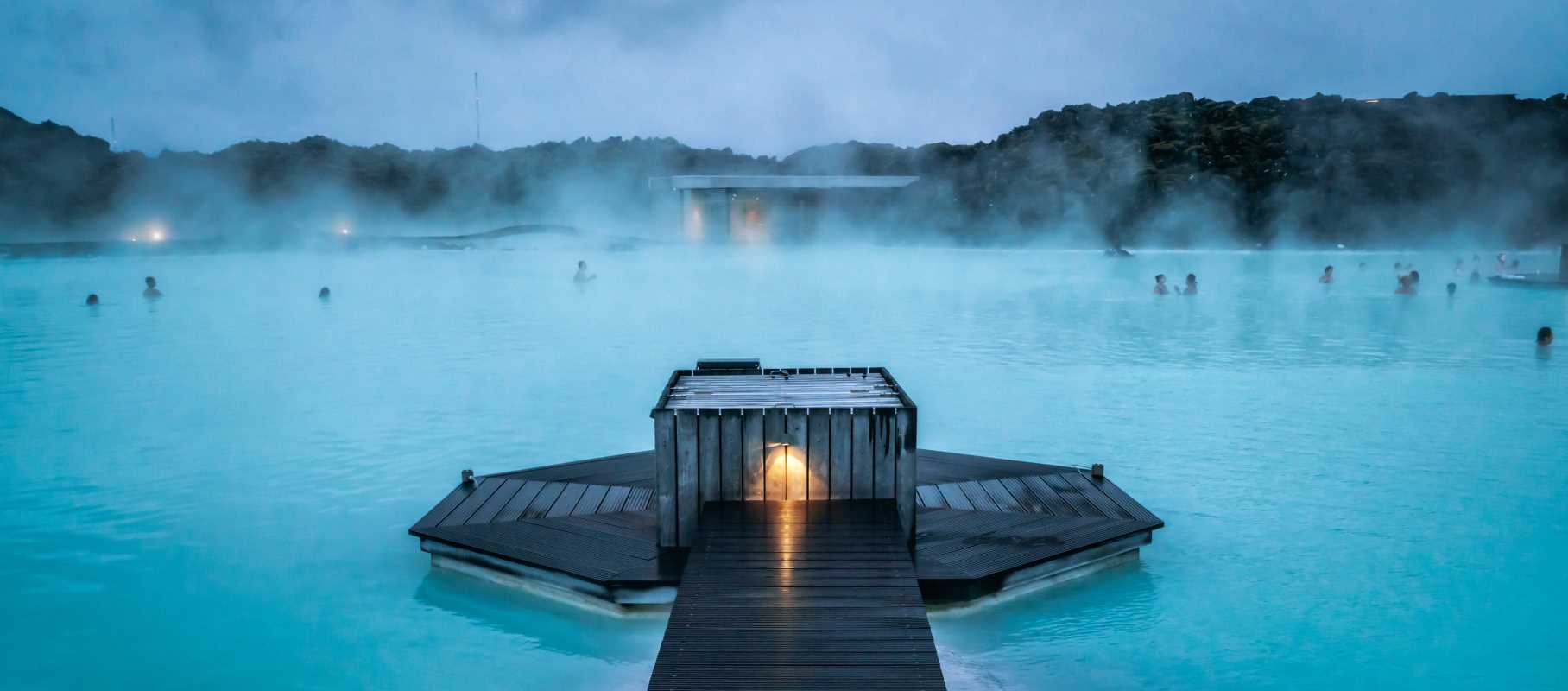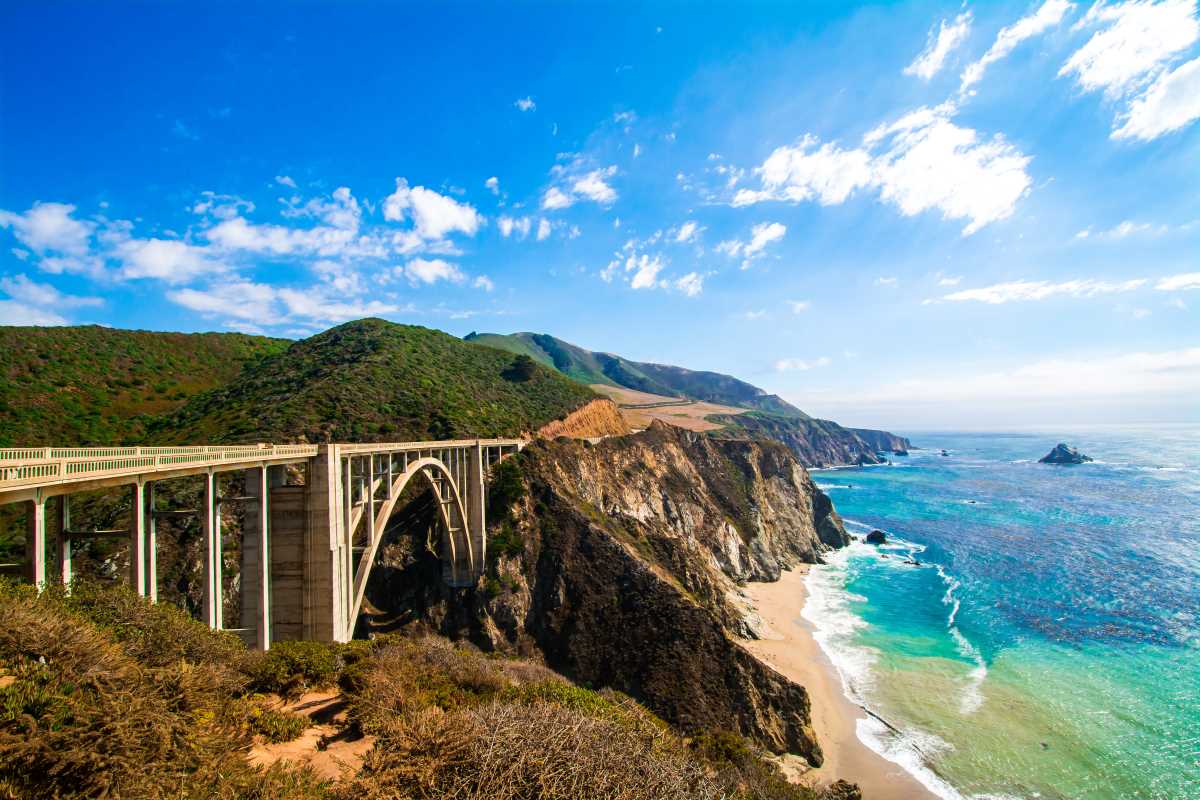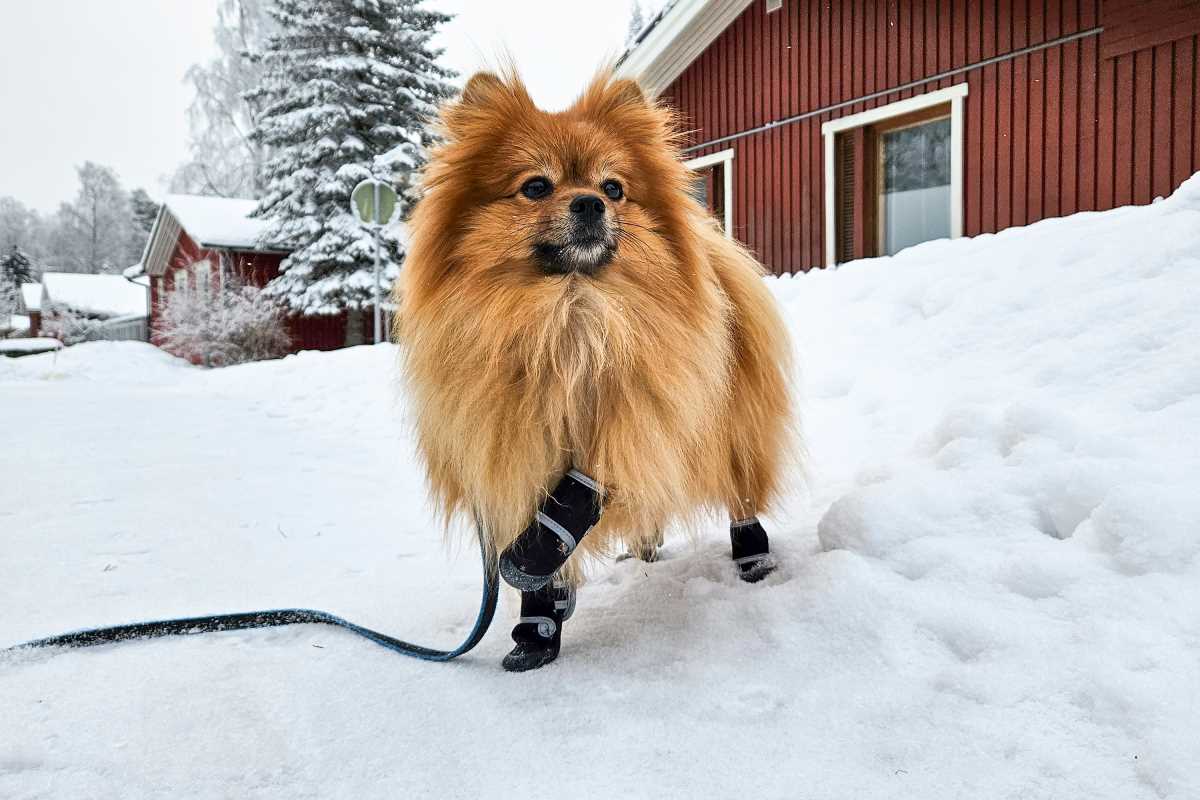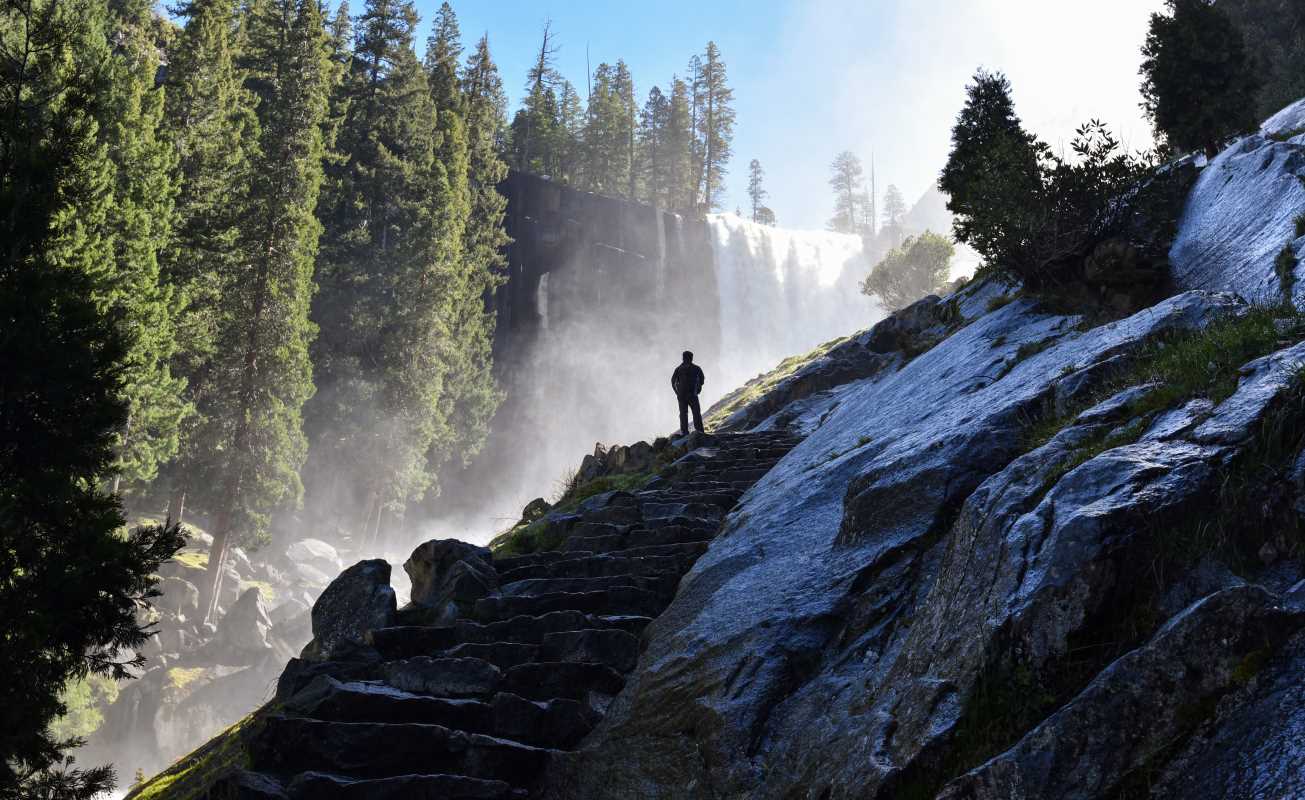Thermal springs are nature’s way of giving us a spa day, but nothing disrupts this peaceful scene faster than noisy crowds, long lines, and people chatting loudly when all you want is quiet. For those who enjoy traveling but dread crowded spaces, or simply value alone time, this guide is here to help. With a little planning and a few insider tips, you can savor the peace of thermal springs without the chaos of busy visitors. Below, we’ll reveal how to time your visit, find hidden gems, and create a solitude-filled experience at these relaxing retreats.
Visit During Off-Peak Times
Timing is everything when it comes to avoiding crowds. Many thermal springs see the biggest influx of visitors on weekends, holidays, or during peak travel seasons. By adjusting your schedule, you can turn a potentially busy spot into your private oasis.
1. Go Midweek
Weekdays, especially Tuesday through Thursday, are the golden hours of thermal spring visits. Most people are stuck at work or school, which means far fewer guests to contend with. Aim to arrive early in the morning or later in the evening for the quietest times.
2. Avoid School Breaks and Public Holidays
Families with kids tend to flock to thermal springs during school vacations, creating more noise and activity. The same applies to public holidays when everyone is looking for a way to unwind. Mark these dates on your calendar and plan around them to ensure a more tranquil experience.
3. Brave the Off-Season
Thermal springs are often busiest during the summer. Visiting during the colder months might sound less appealing, but many springs are beautiful year-round, and the cooler air can even enhance the experience of soaking in hot water. Dress warmly for the trip there, and you’ll be rewarded with fewer fellow bathers and an extra level of serenity.
Seek Out Lesser-Known Thermal Springs
The most famous springs, like Iceland’s Blue Lagoon or Japan’s popular onsens, are breathtaking, but they also come with long lines, hefty price tags, and swarms of tourists. Opting for less-traveled spots can make a huge difference.
1. Research Hidden Gems
Lesser-known springs often offer the same soothing waters and scenic views without the attention of big tourist crowds. National parks, small rural villages, or offbeat adventure blogs are great places to find these hidden treasures. Consider smaller spots in Iceland, like Reykjadalur Hot River or Uunartoq Springs in Greenland, for a more intimate dip.
2. Go Local
Sometimes the best spots aren’t advertised online or included in tourist brochures. Locals often know about small, tucked-away springs that don’t get the same hype as more well-known locations. Don’t hesitate to ask a local café owner, guide, or even a taxi driver if they know of quiet springs nearby.
3. Be Willing to Travel
The more remote the spring, the fewer people will be there. Driving an extra hour or hiking through the woods might seem like a hassle, but the reward is soaking in complete calm, surrounded only by nature. Bring everything you need (snacks, water, towels) just in case there aren’t facilities nearby.
Book Ahead for Private Experiences
Many thermal springs offer private session bookings, allowing you to reserve a pool for yourself or a small group. These are perfect for minimizing social interactions and ensuring a peaceful soak.
1. Look for Private Pools or Sections
Some thermal springs have reserved areas you can book in advance. Smaller locations, boutique spas, or high-end springs often feature private hot tubs or pools shielded from the main crowds. Though these sessions may cost a bit more, the tranquility is often worth the extra expense.
2. Book During Less Popular Hours
Even if private bookings are limited, scheduling them at unusual times (earlier or later in the day) can improve your chances of getting a quiet slot. Contact customer service in advance to see if they recommend specific times for a more relaxed visit.
3. Consider Accommodation With Access
Hotels or guesthouses near thermal springs often offer exclusive access to their own hot pools or guest-only times at nearby springs. Staying overnight gives you added flexibility to enjoy these quiet hours, especially first thing in the morning when day-trippers haven’t yet arrived.
Practice Minimalism for a Comfortable Visit
Packing light and preparing well can help you enjoy your day without unnecessary interaction or hassle. Focus on bringing the essentials, so you only worry about enjoying yourself.
1. Bring the Right Gear
Keep your packing streamlined yet practical. A lightweight towel, a comfortable robe, and water-friendly footwear will enhance your experience. Tote reusable water bottles or thermoses; thermal springs tend to dehydrate visitors quickly despite the presence of water.
2. Pack Snacks
Though many thermal springs have food options, they’re not always quiet or crowd-free. Bringing simple snacks (think fruit, nuts, or sandwiches) lets you avoid busy dining areas and enjoy your meal at a secluded spot nearby.
3. Rent or Buy What You Can’t Bring
If traveling minimally, check ahead to see what gear is available to borrow or rent onsite, such as robes, slippers, or swimsuits. This reduces the burden while ensuring you have what you need to stay comfortable.
Use a Silent Zone to Your Advantage
Several modern thermal springs now include silent or “unplugged” zones where guests are encouraged to be quiet, keep noise to a minimum, and avoid devices like smartphones.
1. Target Zones for Relaxation
Silent zones are perfect for those who want to avoid constant chatter and other disturbances. These areas often require visitors to follow strict etiquette, creating a naturally tranquil atmosphere.
2. Respect the Rules
Take advantage of these spaces by following the guidelines, which might include no speaking and restricting entries to a limited number of people. The environment will feel much more relaxing as a result.
Find the Best Times for Photography
For photography lovers, capturing beautiful shots of thermal springs without having strangers in the frame can be a challenge. Timing can help ensure you get the serene images you’re dreaming of.
1. Arrive at Sunrise
Sunrise is one of the quietest and most scenic times to visit thermal springs. Fewer crowds mean a more serene vibe and better opportunities to snap photos of the untouched surroundings.
2. Go After Dinner
Evenings can also be a peaceful time, especially at springs that stay open late. Some people leave to eat dinner or wind down for the night, so you can soak under the stars and enjoy a more intimate experience.






